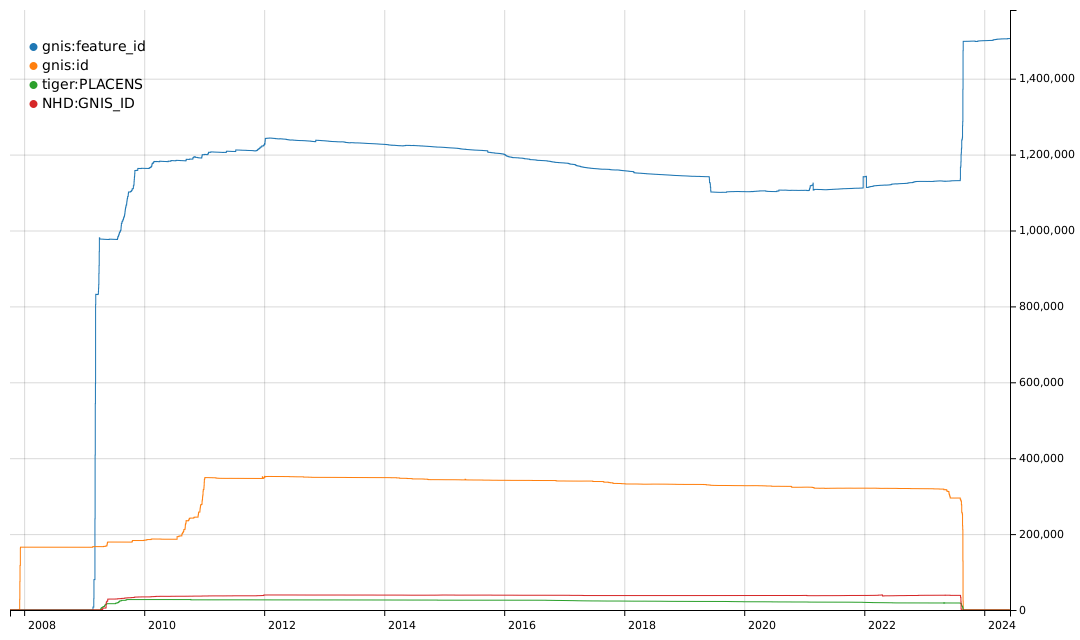Open Mapping Guru Fellowship Journey
Introduction
Disasters, climate change, and various natural calamities profoundly impact the lives of humans, animals, and the environment. If we do not take action, the planet we call home becomes a place of fear and uncertainty. While we cannot prevent all natural occurrences, we can work towards a better future by addressing the mitigating factors that make Earth a more resilient place to live. Solutions come in many forms—distributing food, clothing, and financial support to those affected. One crucial method is through Open Mapping. Recently, the importance of Open Mapping has grown exponentially. From voluntary mappers to local government bodies, the significance and impact of Open Mapping are increasingly recognized. OpenStreetMap (OSM) serves as a platform for mapping purposes, while the Humanitarian OpenStreetMap Team (HOT) leverages mapping for humanitarian causes. Since 2019, I have been an active mapper, experiencing the profound journey of becoming an Open Mapping Guru and participating in the Open Mapping Guru Fellowship Program. This journey has been dedicated to enhancing the quality of mapping, focusing on validation to ensure accuracy and reliability.
Fellowship Journey
Discovering Open Mapping
Five years ago, I embarked on my journey with Open Mapping, discovering its critical role in humanitarian efforts. The fellowship provided various tracks, and I chose the Validation Track, where I believe the most crucial and important details are checked and validated. Accurate mapping leads to more reliable results, which are essential for humanitarian purposes.








